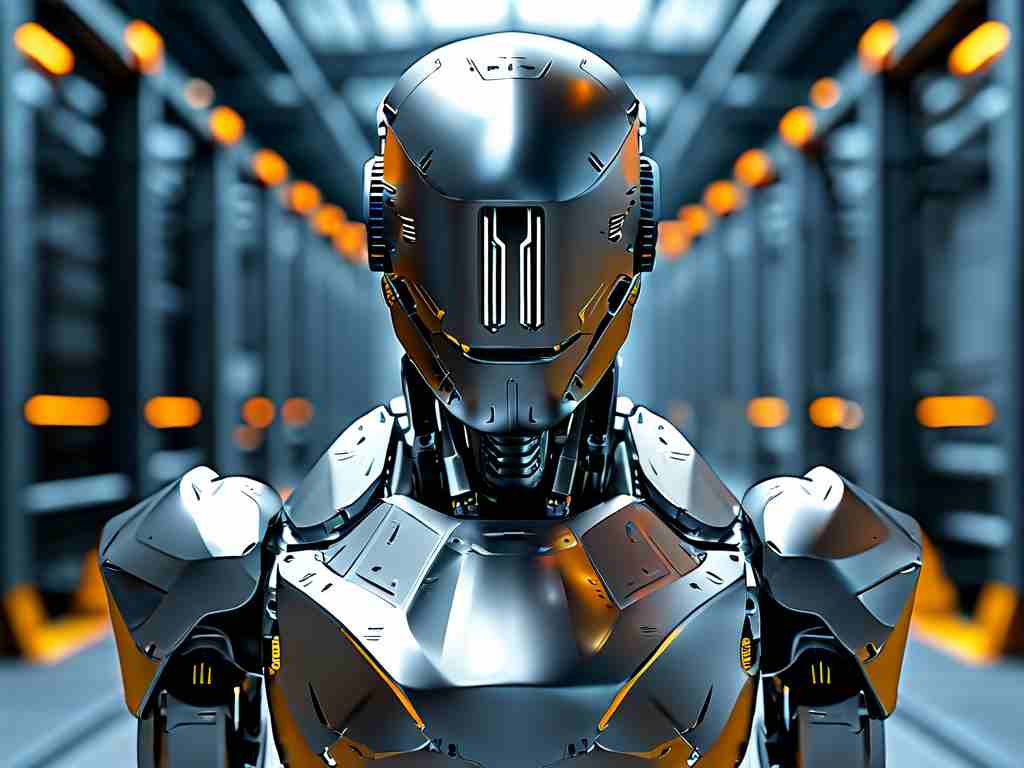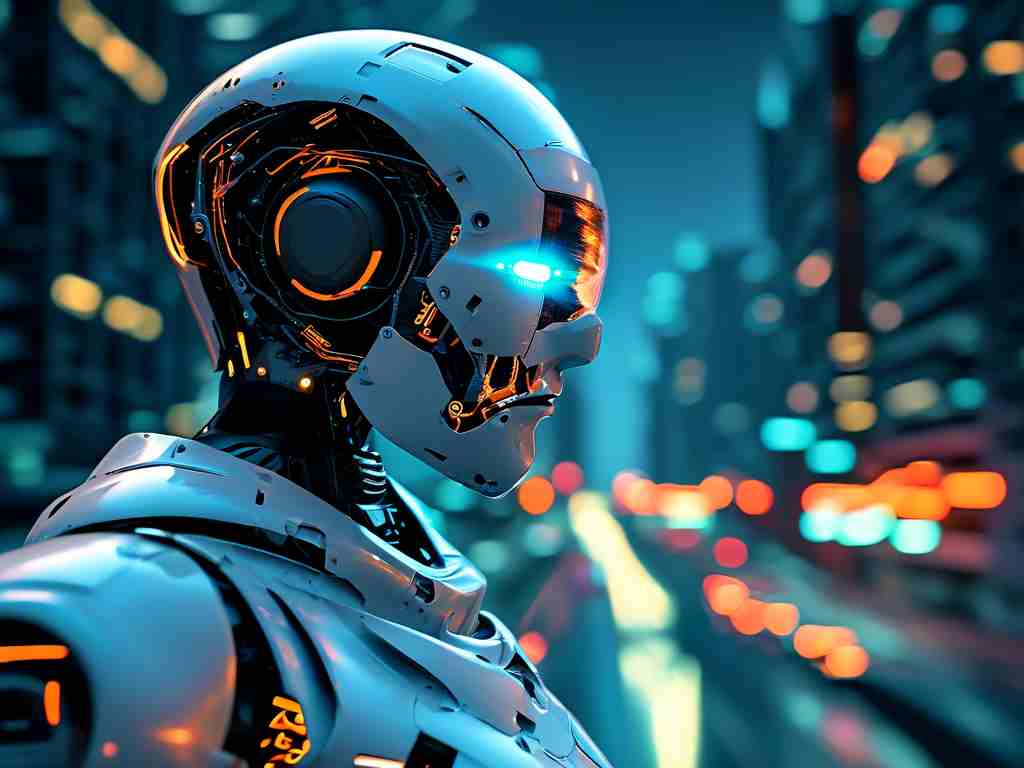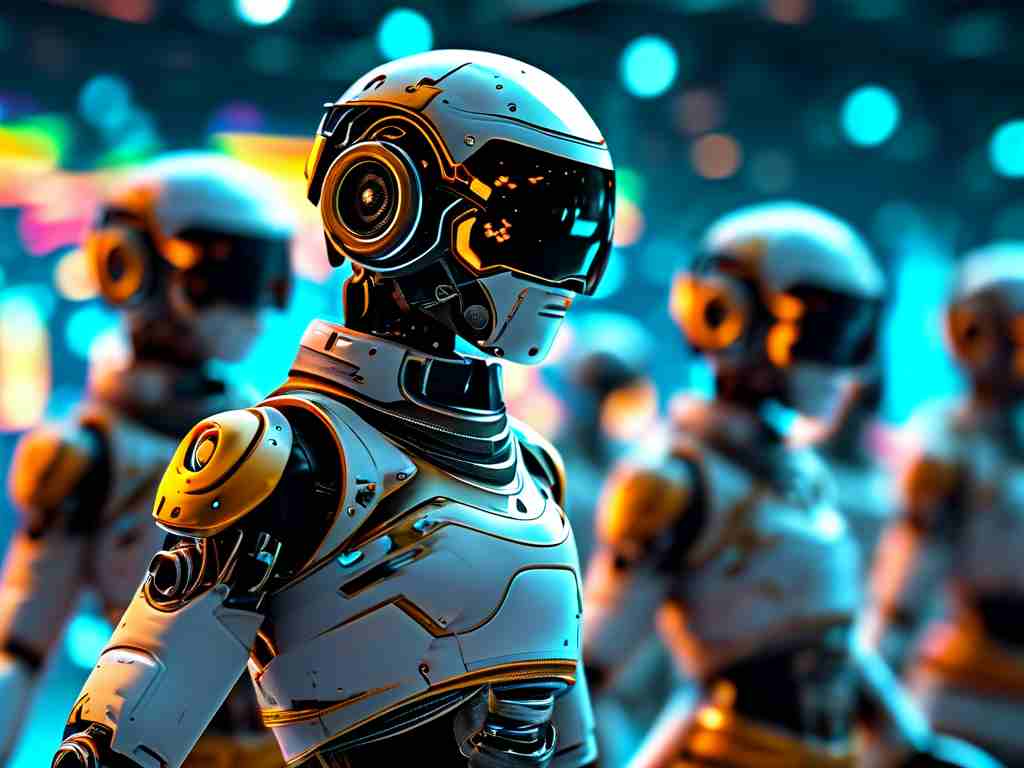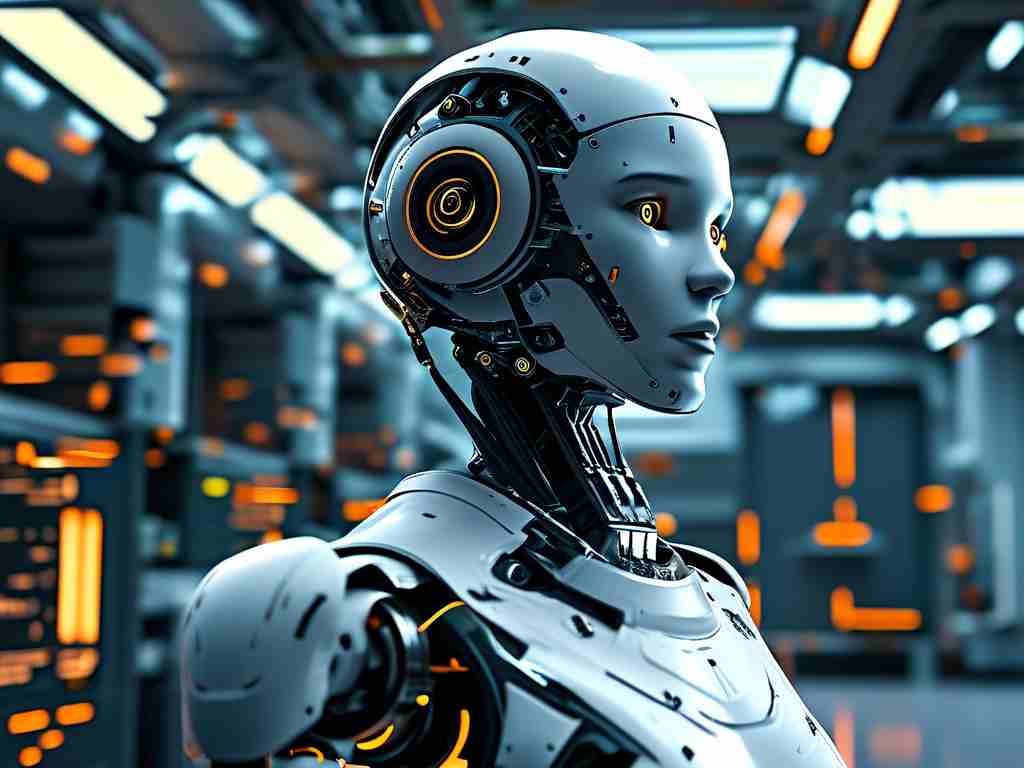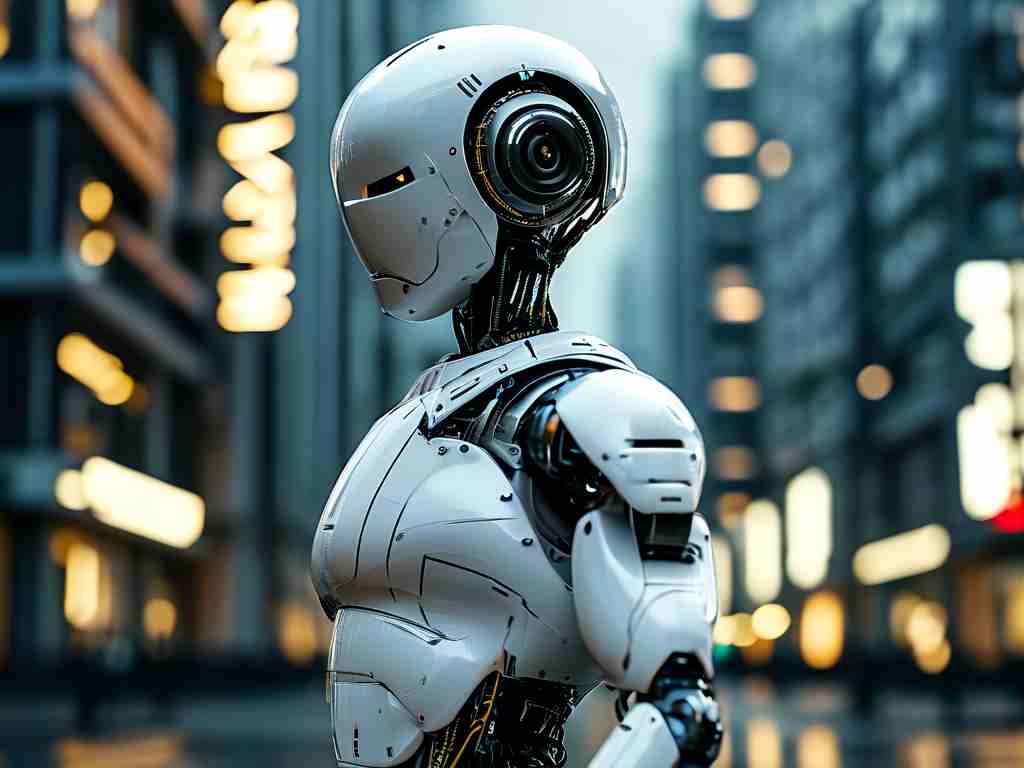As global industries accelerate their digital transformation, Qiangrui Technology has emerged as a trailblazer in humanoid robotics, redefining the boundaries of automation through its cutting-edge designs. The company’s latest generation of AI-powered humanoid robots combines biomechanical precision with adaptive machine learning, offering solutions that bridge the gap between industrial efficiency and human-centric service.
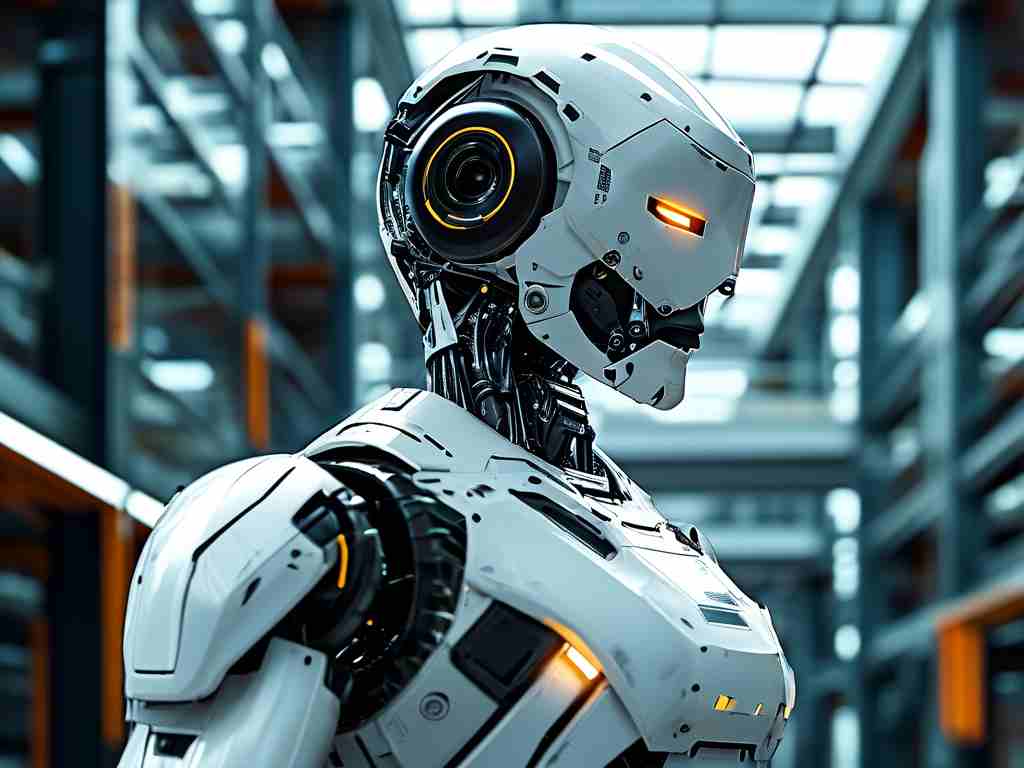
The Anatomy of Innovation
Qiangrui’s humanoid robots are engineered with proprietary modular joints capable of replicating 98% of human limb movements. Unlike conventional rigid robotic arms, these systems utilize fluidic actuators inspired by musculoskeletal structures, enabling delicate tasks such as precision welding and medical instrument handling. A standout feature is the “NeuralSync” platform, which processes environmental data through a hybrid of edge computing and cloud-based neural networks. This allows real-time adjustments during dynamic scenarios—whether navigating uneven factory floors or interacting with patients in healthcare settings.
Industrial Applications Redefined
In manufacturing, Qiangrui’s robots have been deployed by automotive giants to assemble electric vehicle batteries. Their tactile feedback sensors detect micron-level pressure variations, reducing error rates by 40% compared to traditional automation. Beyond factories, these robots are revolutionizing eldercare in pilot programs across Asia. Equipped with emotion-recognition cameras and natural language processing, they assist with medication reminders, fall detection, and even companionship—a critical advantage in aging societies facing caregiver shortages.
Technical Breakthroughs
The core of Qiangrui’s innovation lies in its self-developed “QROS” (Qiangrui Robot Operating System), which supports over 200,000 API integrations for cross-industry adaptability. During recent field tests in hazardous environments, models equipped with graphene-based thermal shields operated continuously for 72 hours in 800°C conditions—a feat unmatched by competitors. Additionally, their energy recovery system harvests kinetic energy from limb movements, cutting power consumption by 35%.
Ethical AI: A Priority
Addressing concerns about autonomous systems, Qiangrui implements a triple-layer ethical framework. All robots feature “decision transparency” logs, allowing engineers to audit AI choices, while embedded fail-safes prevent unauthorized code execution. In collaborative workspaces, proximity sensors ensure human workers’ safety by maintaining adaptive buffer zones—a feature certified by international industrial safety boards.
Market Impact and Future Vision
Analysts project that Qiangrui’s technology could capture 18% of the global service robotics market by 2028. The company’s R&D head, Dr. Lin Wei, hints at upcoming neuromorphic computing upgrades: “Our next prototypes will mimic cerebellar functions for smoother motion planning.” Partnerships with smart city developers also suggest future roles in urban infrastructure maintenance and disaster response.
As boundaries between biological and mechanical intelligence blur, Qiangrui Technology’s humanoid robots exemplify how ethical innovation can drive both economic value and societal progress. Their journey from laboratory concepts to real-world problem-solvers marks a transformative chapter in humanity’s coexistence with advanced automation.



